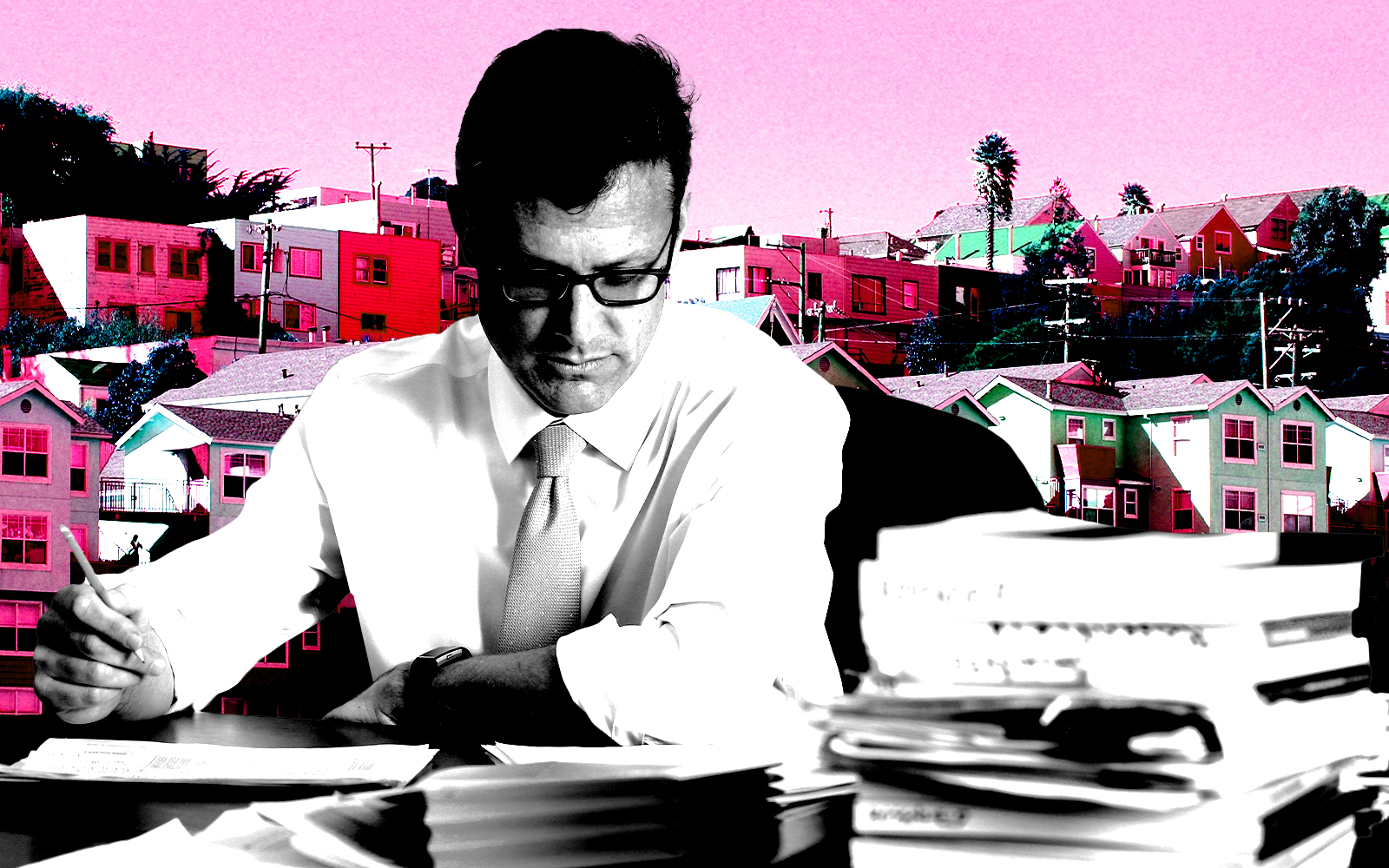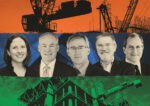San Francisco green-lighted the building of less than 1,200 homes last year — a 13-year low.
The city issued permits for 1,136 homes last year, the lowest number since 2010, the San Francisco Business Times reported, citing figures from the U.S. Department of Housing and Urban Development.
The last such slump in 2010 occurred during the aftermath of the Great Recession, when San Francisco handed out permits for 779 homes.
Since 2001, San Francisco has issued an average 2,476 permits a year, according to HUD. It issued a peak 5,200 permits in 2018, during a residential boom buttressed by stable construction costs, low borrowing costs and high demand for new homes.
Developers generally seek building permits as they prepare to break ground on projects, according to the Business Journal.
Last year’s permits included 1,076 for five or more units. Of the remainder, 29 were for single-family homes, 16 were for duplexes and 17 were for projects with three or four units.
The sluggish permitting numbers suggests San Francisco housing production could fall far short of its state-mandated plan for more than 82,000 homes by 2031.
To reach the goal, the city must add more than 10,500 homes a year — a frenzied pace for San Francisco.
Developers built an average of 4,500 homes a year in the city between 2018 and 2022, during a construction boom, according to state data.
Last year’s lull came as construction costs soared after the pandemic, bolstered by materials shortages created by global supply chain disruptions, according to the Business Journal. The Federal Reserve also jacked up interest rates to fight inflation, increasing construction finance costs.
While many variables have increased the cost of building housing in San Francisco, rents have yet to rebound to highs before the 2020 pandemic. San Francisco has approved 50,000 housing units, but developers are in no rush to build them.
The San Francisco Controller’s Office last year found that between city requirements, rising costs and flat rents, no kind of multifamily residential housing — low-rise, mid-rise, for rent or for sale — made financial sense to build in the city.
The Controller’s Office led by Ben Rosenfield said apartment projects in the city were too costly to pencil out for developers, even with less stringent affordable housing requirements.
— Dana Bartholomew
Read more



